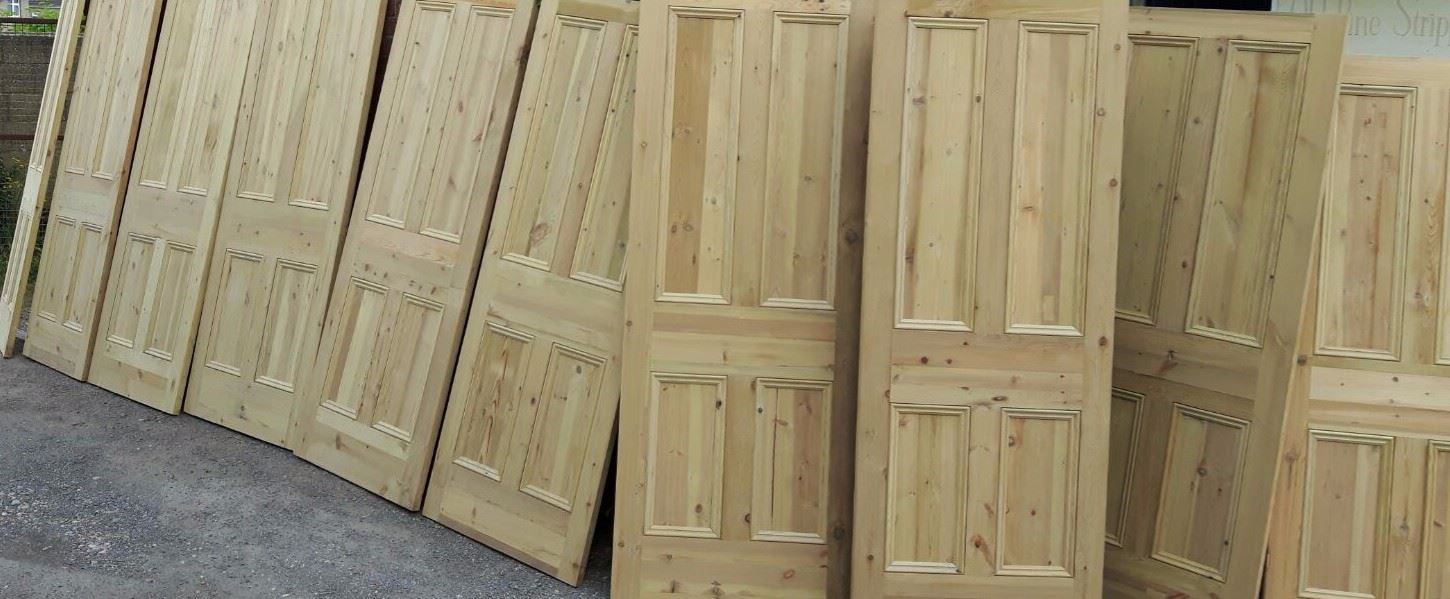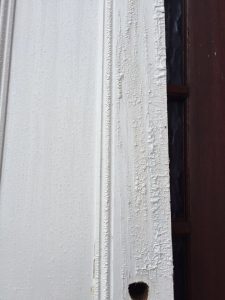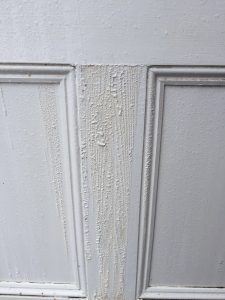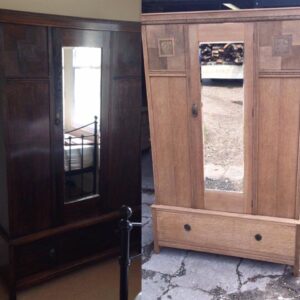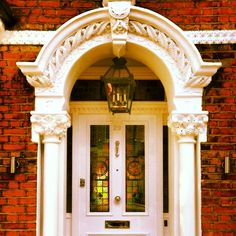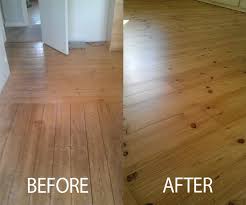A Caustic Tank is the most commonly used method to strip paint from wood doors and furniture.
Many people assume a stripping tank is an acid bath, it is totally the opposite; caustic soda is an alkaline.
We use a Hot Caustic Tank – the hot tank can be used for both wooden items and metalwork.
The heating of the caustic soda speeds up the stripping process, which makes the wood time in the solution less.
Pine doors, windows, furniture, and woodwork strip really well, but these must be done in a hot tank, or there is a good chance the items will be damaged.
Sometimes furniture and doors are better served by a hand strip which is a chemical hand strip and heat gun.
If doors are to be repainted, they should ideally be hand stripped, so that any areas of the door which have sections that potentially could soak up caustic due to the cut of the grain, will not be ruined by the caustic. This is not impossible to repair if it happens, but it is incredibly time consuming and costly. This is something that is likely to happen and if you are repainting doors, then a hand strip is highly recommended at all times.
These doors were put into a tank and the caustic was soaked into the open areas of grain. If repainting, doors need to be hand stripped and a reputable stripping company will advise this.
Tank stripping of furniture – the issue lies in the construction where they were glued with animal glue, and these can come off through the temperature of the liquid which loosens the joints. You hear horror stories about wood stripping, but to be honest if it was that bad, why would you have hundreds of antique dealers up and down the country using our services? It really is about correctly choosing your service provider.
To have a good paint stripping tank, it must be kept fresh and really hot which here at PERIOD PROJECTS we do and have done for the last 20 years, and this costs a lot of money, then the doors aren’t in the tank for long periods at a time. We are not the cheapest and this is why.
When you get a recession it seems a few cowboys set up tanks in unknown locations and run mobile services, and you have no idea where your items are going. After a while the caustic is old, he’s getting a bad name and not much work coming in, and can’t afford to heat the tank properly so the doors are submerged in the tank for half a day or even more, and the doors are ruined. At the end of the recession, they get back in their van and are gone, and we’re left with “doesn’t it loosen the joints and warp the doors”.
So always use an established company with some history.

